
30 Mar Swallows are arriving for another critical breeding season in Seattle
Proofreading error in March 31 Seattle Times ad: The hole should be no bigger than 7/8″. Sorry!
Posted March 30, 2015 from Seattle, WA.
A bit ahead of schedule, like everything else this spring, the Violet-green Swallows are now arriving in Seattle. The Barn Swallows should follow suit in a month or less. What fate awaits them? How many will return? Are we in the late stages of the final demise of Seattle Swallows? How can this be in a town that once probably could have boasted the highest densities of Swallows of any large US city?
This bird is the male of a pair of Violet-green Swallows which showed up a week ago on March 22 and along with a female, is taking possession of one of the nest boxes at our house on Beacon Hill which has successfully hosted Swallows for 14 years.
The bird shown above is the female of the pair. Note the long sleek wings.
This is a crucial period for Violet-green Swallows, a time when the birds that do not have housing are looking for it, like many other newcomers to this sometimes unwelcoming city. I have witnessed two Violet-green Swallows hovering over an air-conditioning duct at an apartment building in West Seattle and on Phinney Ridge. Couples settling for substandard housing with inherent dangers may be a huge part of the reason Seattle’s Violet-green Swallows are declining. As housing becomes more valuable nooks and crannies get fixed, and in the absence of designated swallow housing, housing options can dry up completely.
Here is the male again. There are two distinct shades of green and the violet is on the trailing edge of the body, tail and wings. This bird densely populated Seattle’s neighborhoods in the 70’s, 80’s and 90’s but somewhere in there began to falter and is no longer present and breeding, in my opinion, in most of it’s former Seattle range. (As far as I know, no one keeps formal track of Swallow populations in the Seattle area. There is breeding bird survey data for the state as a whole.)
In an ad that I expect will be appearing on Tuesday March of the News section of the Seattle Times I end with the suggestion that people put up housing for Violet-green Swallows. The ad suggests the fact that the issues here are essentially unknown–it’s even quite possible that housing has nothing to do with the population collapse. There are many other contending factors.

This shot of a Violet-green Swallow in flight is by Marv Breece, the long-time holder of the state record for most-birds-seen-in-a-year, (359). It shows the bird, it’s shadow, and it’s reflection.
There’s a great likelihood that no birds will take up any given box, even if it appears to be perfectly placed, so this is a tough ask, but if it’s something people would have fun doing, I highly recommend it. The first thing you need to do is to start thinking like a Violet-green Swallow.
Where would a nest-box go?
Violet-greens have never used the box that is cut off in the photo at the right. It has a surface below it from which a mammal could theoretically sit, wait and leap. They’ve used either of the other two, seeming to favor the lower box which is not near a window that they presumably do not trust (very wise on their part.) In general though, height is a plus, the higher over a sheer drop, the better. It is crucial that a box is extremely high up against an eave. Otherwise, a Crow or Scrub-Jay or even a mammal will post itself on top of the box and wait to try to catch the adult upon arrival.
Any neighborhood might still be a good place for Violet-greens. As far as I can tell they’ve been extirpated from Belltown only in the last few years, and from the neighborhood around the stadiums and the Union Station in the same time frame. Of course, it all could have nothing to do with housing, so it’s a vexing problem. (Increased development and in-fill should be expected to decrease Swallow populations but the decline is clearly exceeding the pace of these changes in my opinion.)
Build your own?
Here a Dad feeds a baby at a box on the back of our house from back in happier times when Swallow families were in the back and the front of our house. Notice the diamond-shaped hole. As mentioned in the ad, the hole size can be 2 wide by 7/8 inch high. If it’s a diamond, the maximum height, believe it or not, should be only 7/8 inches.
I’m not sure which hole design is better, diamond or rectangular. The danger is in making the hole big enough to allow intrusion by House Sparrows which are nest-site competitors and much better street-fighters than Swallows. I prefer a horizontal house design but the box shown above worked fine. Make sure the inside of the box in a vertical format is not slippery-smooth, however.
If you see the Swallow hike itself to look in and then fall back, as though the hole is too small, that is not what you are seeing! These birds face predatory threats everywhere, and cavities often already have a dangerous animal inside. They are checking the box. The hole size is more likely to be too big than too small. I have brought down boxes and enlarged the hole, much to my ultimate regret.
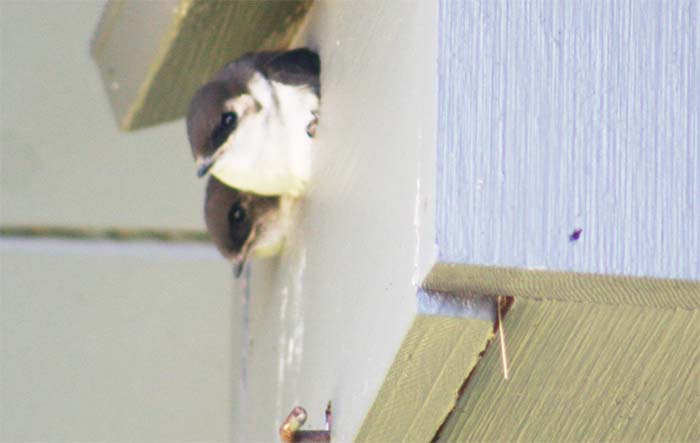
Violet-green Swallow babies wait for the parents to feed them. Both the mom and dad assiduously feed the babies but according to Michael Donahue, who set up a webcam, only the mom cleans up after the babies. Are your sure, Mike?
Buy a box?
If you are looking to buy a box, I have not recently checked your options but they should be available in north Seattle at the Seattle Audubon Society store and offices at 8055 35th Ave. NE. I expect they are available at Wild Birds Unlimited Stores. I have not entirely discontinued my own selling of the boxes, which was never very successful for me and created an appearance of a conflict-of-interest. (We sold our first box of the year last week, believe me this is not my ticket to wealth). However, I do have some at my store at the Market, at First and Pike in Seattle, and we charge $20.
If anyone does try to put up Violet-green Swallow housing, Good Luck and Best wishes on that! (& feel free to email me at ednewbold1@yahoo.com)
Barn Swallows–in even deeper trouble?
Barn Swallows are in the same family as Violet-green Swallows, the Hirundines, and do essentially the same thing for a living–they catch insects on the wing–but they have used a different nesting strategy for thousands of years. That strategy is to team up with humans and become their loyal, helpful assistant in return for artillery support against their mortal enemies. Now, however, that strategy is backfiring terribly as people turn their backs on this former good friend–a symbol of good luck in China.
I can’t bear bringing the subject of Barn Swallows up with folks anymore. From an uncle who shot them out of his carport, quite illegally, to the many folks who have complained that they wouldn’t mind Barn Swallows but the birds insisted on being building their nest right over the doorway.
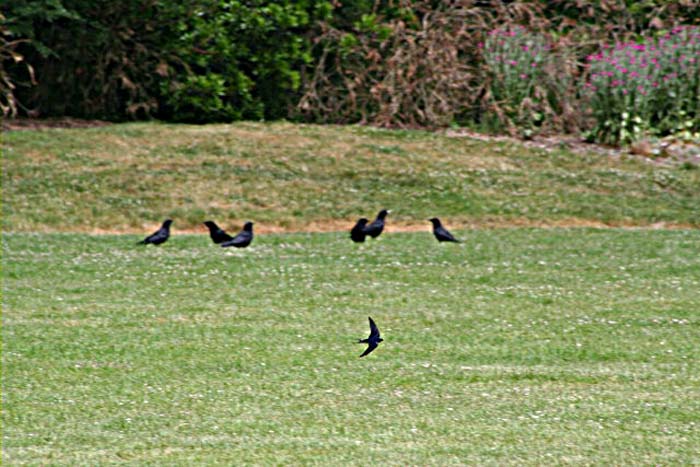
A Barn Swallow at Seward Park. Thankfully, the Park Department hasn’t replaced the grass there with astro-turf yet.
Barn Swallows always want to nest over the doorway. The reason is that if they are right near you they can call out loudly to you when there’s a predator coming close–usually a Crow–and you can run out immediately and try to shoot it. It worked with your farming great-grandfather, helping him fight off agricultural pests, what’s wrong with you?
But now in this era of insidious threats, I also hear tales that in a way are even more poignant. The Buckaroo Tavern in Fremont graciously allowed Barn Swallows to live over their doorstep but one year the Swallows just didn’t return. Ditto for friends that kept hallways and doorways open for Swallows that nested practically inside the house.
Barn Swallows are smart birds–one pair learned to use the automatic door openers at a Home Depot–that have to make a lot of decisions. Like other Swallows, they can’t just raise kids and be done with it, they have to educate the young and escort them on the long and perilous flight to the wintering grounds in Argentina. They have to read the weather and judge when and where to make a go of nesting.
With the changing world, Barn Swallows are not benefitting from the changes and the population worldwide has been in terrible decline, with declines being uneven and affecting some parts of the range worse than others. NE Canada has lost most of it’s Barn Swallows and so apparently is greater Seattle, although reasonable numbers hung on in our neighborhoos through the 2013 breeding season.
Barn Swallows present us with a test. It’s not an IQ test, it’s an AQ test. What is your Aesthetic Quotient? Do you understand what Beauty is? Human beings will spend $40 million for a painting by Jackson Pollack with essentially the same design that the Barn Swallow leaves on the front porch with the kid’s droppings, but humans get flummoxed when they are implicitly asked by the Barn Swallow to see the beauty in Barn Swallow’s artwork. It’s illegal to interfere with the reproduction of Barn Swallows, but what difference does that make? I’d rather see a change of heart–an understanding of the Beauty of Creation/Biodiversity than a strict protective law that is totally meaningless in the real world.
Beyond not destroying Barn Swallows, there are some things that can be done to help them.
Barn Swallows are in an eternal struggle with predation. They build a mud nest and they like to place it very high up against a ceiling and under a long roof in so Crows and Jays can’t get at it. They want to be close to you also in the belief that you will clean the area of mid-sized mammals. They can live with cats, which usually only get them when the babies land on the ground after first-flight, but not with Squirrels, Rats, Raccoons and such and the closer they are to you the safer they feel from these threats as well as their arch-enemies the Crows and Jay.
There are thousands of perfect spots for Barn Swallows to nest in on buildings that lack a simple 2 inch by 2inch ledge on which the mud can be placed so the nest won’t fall. If there is such a place in an area you control, put up a nesting platform.
Another big problem Barn Swallows have is mud availability, especially in dry times. (Barn Swallows, unlike Violet-greens, will double clutch so they may start a nest any time in the summer).
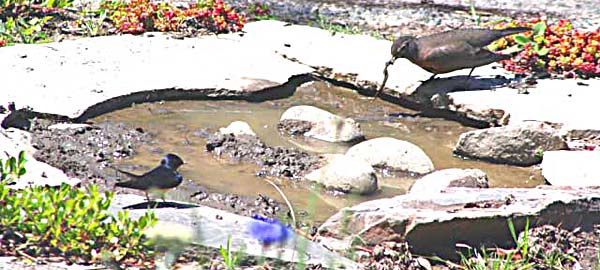
If you are really dedicated to helping Barn Swallows you can put out a mud basin. It should have no blinds near it for waiting cats. I use clayish soil in our front yard and add water every day, especially if I think there are any Barn Swallows around that could use it. Robins, which use mud for homebuilding also, will thank you for the mud basin and there are sure to be Robins around. The shot above shows a Barn Swallow waiting cautiously for a Robin to get done picking up a supply of mud.
Barn Swallows are high-anxiety critters. They are alarmist and are very quick to utter their danger call: “Pa-cheek, Pa-cheek!” at the distant site of any predator. But when the danger is over, they will usher a “Coast is clear, all is good” declaration: and up-sliding whistled, “Wheep,” “Wheep.” When they rest, like many Swallows, they are likely to make pleasant-sounding soft chatter.
It’s worth noting that the symbiotic relationship of Hirundines and humans is cross-cultural. American Indians originally persuaded Purple Martins, the largest Swallow, to nest colonially in gourd-cities that the Indians provided for the Martins. The Martins then provided the first alarm-system and a line of defense against Crows attempting to forage in maize/corn fields.
Swallows–long may they prosper and grace our lives.
Comments are turned off because of spam. email me at ednewbold1@yahoo.com and I will turn on your valued comment.

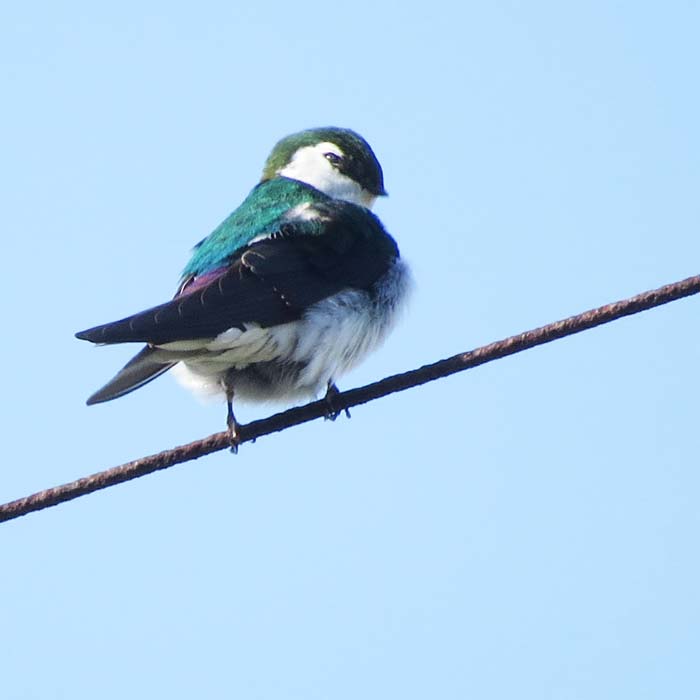
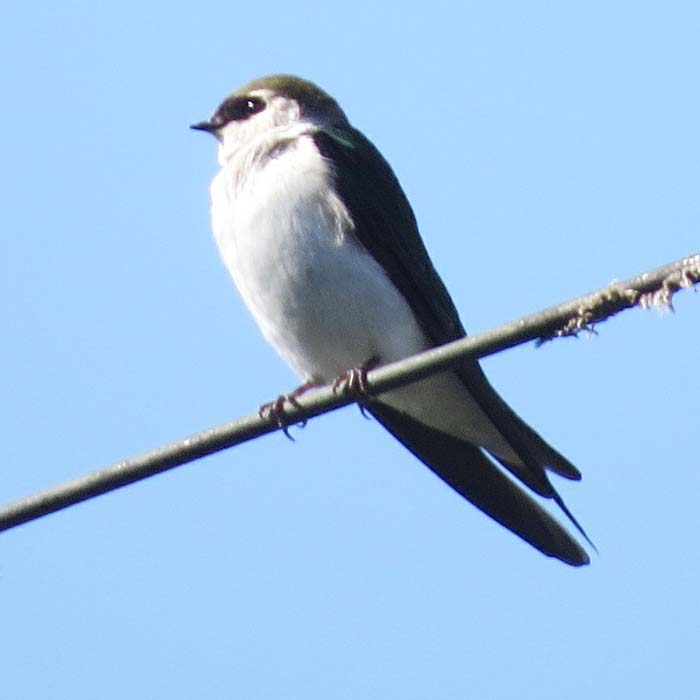
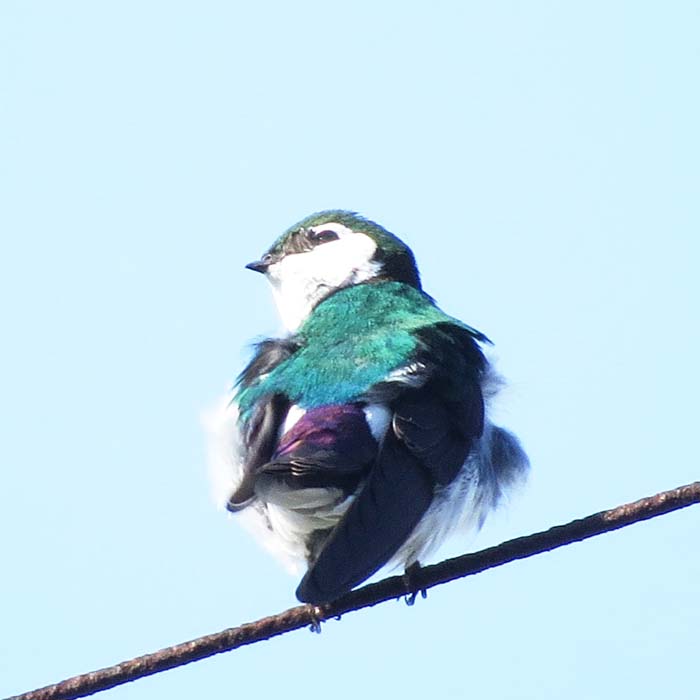


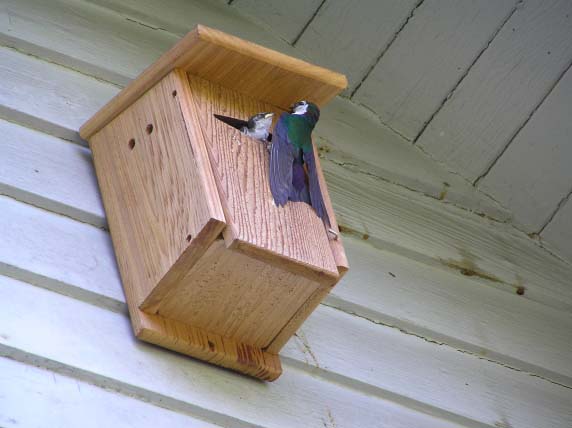




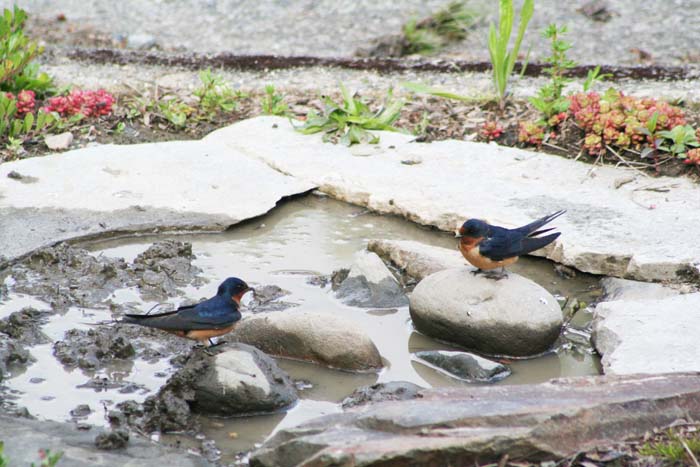
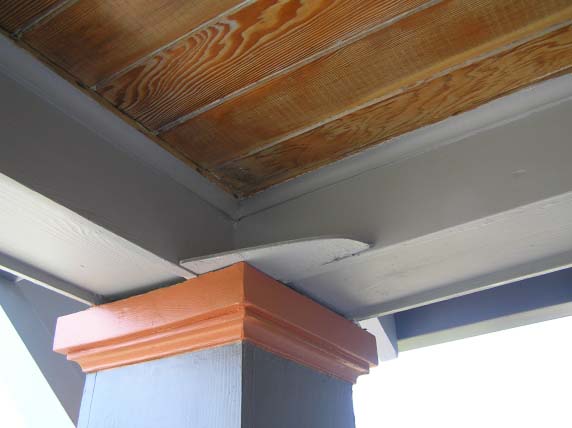
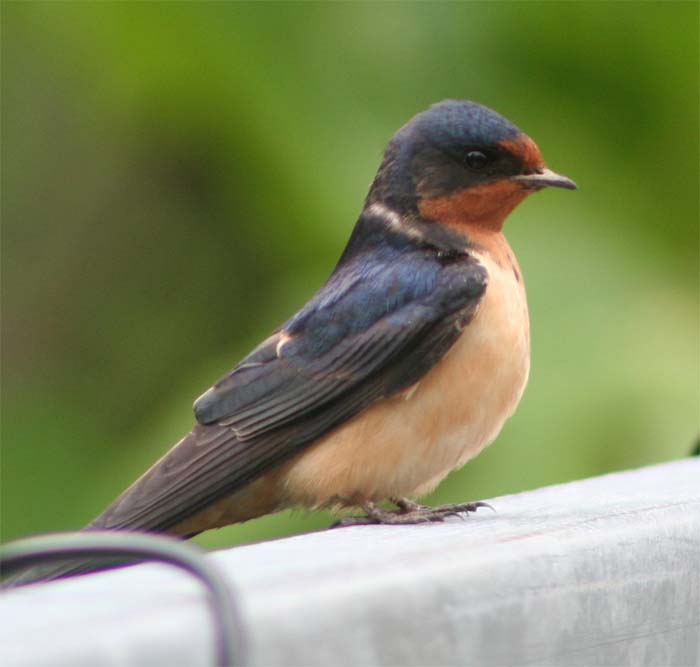
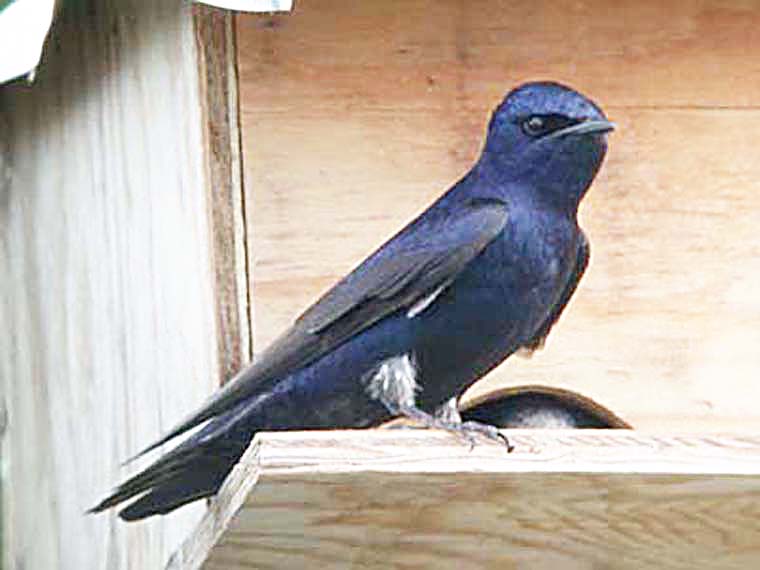
Sorry, the comment form is closed at this time.